
About Foreign Subsidies Regulation (FSR):
- The European Union’s FSR entered into force on 12 January 2023.
- Aim: Combating distortions of competition on the EU internal market caused by foreign subsidies.
- It will allow EU to investigate financial contributions granted by non-EU governments to companies active in the EU, and prohibit the award of public contracts to a company that has unduly profited from foreign subsidies.
- It imposes mandatory notification and approval requirements for acquisitions of significant EU businesses and large EU public tenders, and gives the European Commission (EC) extensive powers to launch ex officio investigations.
- The EC is the sole enforcer of the FSR.
- In cases where the European Commission finds that a foreign subsidy is distorting competition, it can impose various remedies, including
- fines of up to 10% of the company’s annual aggregated turnover;
- requiring the company to repay the foreign subsidy if competition distortion is confirmed;
- banning the company from participating in public procurement;
- What Counts as Foreign Financial Contributions under the FSR?
- FSR covers financial contribution from non-EU governments to firms operating in/exporting to EU’s market.
- Such a contribution may be distortive where it confers a benefit not normally available on the market to a company in the EU, and that benefit is specific to one or more companies or industries as opposed to all companies or all companies active in a particular industry.
- The contributions include direct grant, low-interest loan, tax incentives on goods or services at below-market prices, and provision of land or buildings at below-market prices.
- FSR applies to transactions above a certain threshold. Companies must notify the European Commission if their transactions involving foreign subsidies exceed this threshold.
- For mergers and acquisitions, notification is mandatory if the combined value of the merging companies’ assets exceeds €500 million, but not necessary if the value of foreign subsidies is less than €1 million.
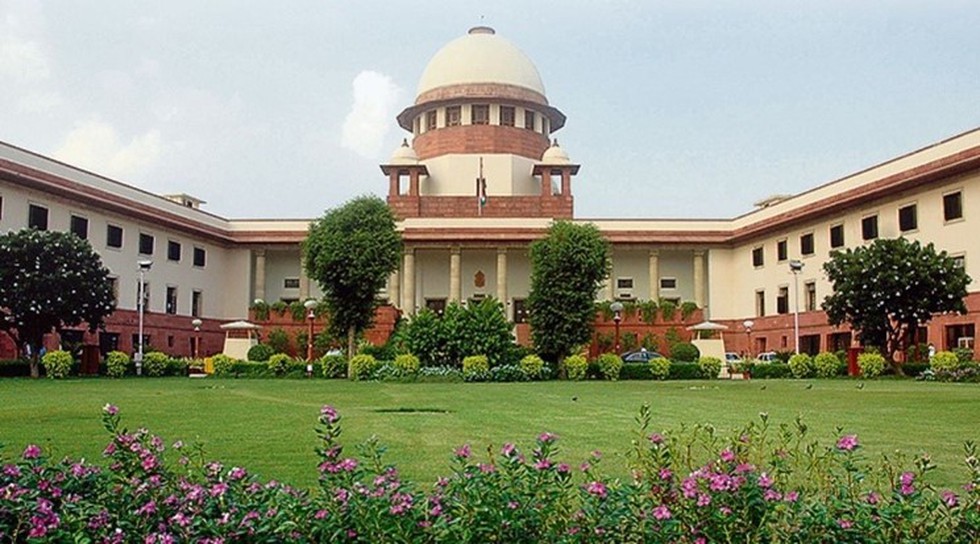
About Supreme Court Collegium:
- What is it?
- It is a system under which appointments and transfers of judges are decided by a forum of the Chief Justice of India and the four senior-most judges of the Supreme Court.
- It has no place in the Indian Constitution.
- What does the Constitution actually prescribe?
- Article 124 deals with the appointment of Supreme Court judges. It says the appointment should be made by the President after consultation with such judges of the High Courts and the Supreme Court as the President may deem necessary. The CJI is to be consulted in all appointments, except his or her own.
- Article 217 deals with the appointment of High Court judges. It says a judge should be appointed by the President after consultation with the CJI and the Governor of the state. The Chief Justice of the High Court concerned too should be consulted.
- Evolution of Collegium system:
- Since Constitution mandates consultation with the CJI is necessary for appointments to judiciary, the collegium model evolved.
- It has its genesis in a series of three judgments that is now clubbed together as the Three Judges Cases.
- First Judges Case (1982):
- SC held that "consultation" of judges does not mean concurrence.
- Hence, it gave the primacy in appointment of judges to the Executive.
- Second Judges Case (1993):
- Court reversed its earlier ruling by changing the meaning of "consultation" to concurrence.
- With this, the advice tendered by CJI became binding. However, the CJI would have to take into account the views of two of his senior most colleagues.
- Third Judges Case (1998):
- Court gave primacy to the opinion of CJI in the matter of appointment of Judges.
- However, Chief Justice must consult four senior most judges of SC.
- Opinion of all members of the collegium should be in writing.
- Even if two judges in the collegium give an adverse opinion of a person for appointment as the SC judge, the CJI should not send the recommendation to the government.
- These three cases established that the collegium headed by the Chief Justice of India will have primacy in the appointment of judges to the higher judiciary.
- This collegium makes recommendations to the government for appointment of judges to the SC and of Chief Justices of High Courts, and the transfers of HC judges.
- In case of difference of opinion, the majority view will prevail.
- Executive role:
- Judges of the higher judiciary are thus appointed only through the collegium system, and the government has a role only after names have been decided by the collegiums.
- The government’s role is limited to getting an inquiry conducted by the Intelligence Bureau (IB) if a lawyer is to be elevated as a judge in a High Court or the Supreme Court.
- The government can also raise objections and seek clarifications regarding the collegium’s choices, but if the collegium reiterates the same names, the government is bound to appoint them.
- Procedure for appointment of Judges to High Courts:
- For appointments or elevations to the high courts, the HC collegium (The HC Chief Justice + 2 senior-most judges) makes the recommendation to the state government.
- The State Government sends the names to the Centre with its input.
- The Centre gives the names to the Intelligence Bureau (IB) to conduct background checks.
- The IB then sends its report to the Supreme Court Collegium (CJI + 2 Senior-most judges).
- The SC Collegium goes through the IB report and recommends the names to the Centre for appointment.
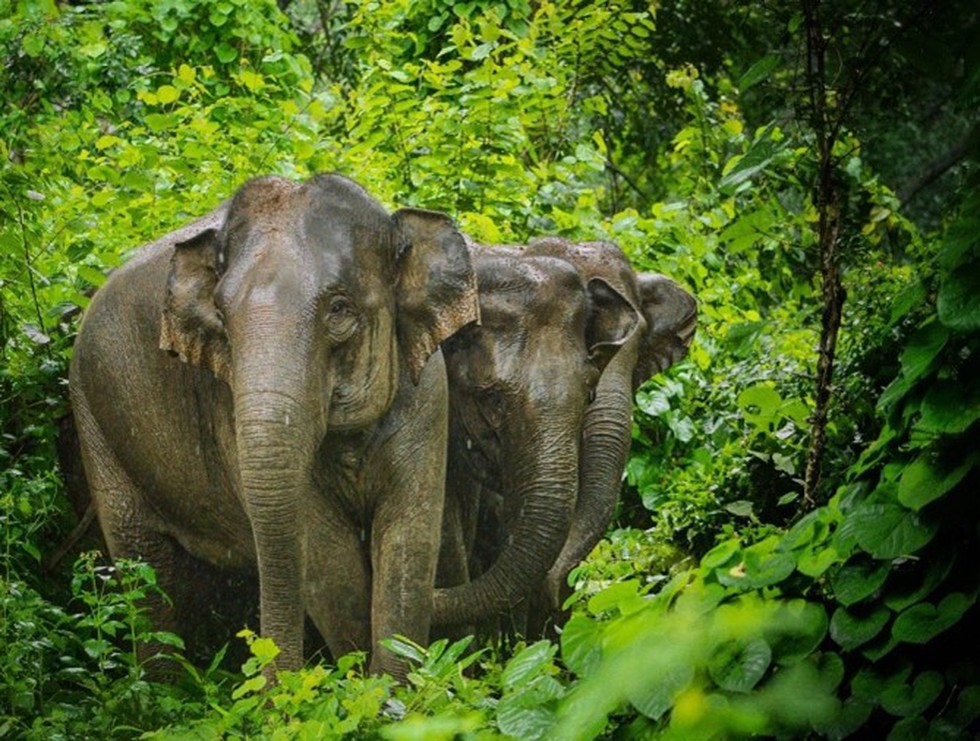
About Srivilliputhur Megamalai Tiger Reserve (SMTR):
- Location:
- It is spread across the districts of Theni, Virudhunagar and Madurai in Tamil Nadu.
- It lies in the Western Ghats region.
- SMTR is India's 51st tiger reserve and 5th tiger reserve of Tamil Nadu.
- It was formed in February 2021 by combining Grizzled Squirrel Wildlife Sanctuary and Megamalai Wildlife Sanctuary.
- It will function as a connecting link between Kerala’s Periyar Tiger Reserve and Tamil Nadu’s Southern Kalakkad-Mundanthurai Tiger Reserve.
- SMTR will provide protection to Megamalai, the Vaigai River's primary catchment, in turn helping water levels to rise in the river.
- Flora: It’s a blend of tropical evergreen and semi-evergreen forests, dry deciduous and moist mixed deciduous woods, and grasslands.
- Fauna:
- Mammals: Elephants, Tiger, Leopard, Nilgiri Tahr, Gaur, Spotted Deer, Barking Deer, Sambar Deer, Wild Boar, Porcupine, Nilgiri Langur, Lion-Tailed Macaque etc.
- Birds: Red-Whiskered Bulbul, Common Iora, White-Browed Wagtail, Grey Wagtail, Pied Bush Chat etc.
- Reptiles: Wood Snake, Monitor Lizard, Chameleon, etc.
Key facts about Vaigai River:
- It is a river in Tamil Nadu state.
- Origin: It rises in the Varushanad Hills of the Western Ghats.
- It travels through the Pandya Nadu region of Tamil Nadu.
- It is the major river in the fabled city of Madurai, the capital of the ancient and prosperous Pandya kingdom located in southern Tamil Nadu.
- The river finds a mention in Sangam literature dated to 300 before Common Era.
- Length: Vaigai River is 258 kilometres long.
- Tributaries: Its main tributaries are Suruliyaru, Mullaiyaru, Varaganadhi, Manjalaru, Kottagudi, Kridhumaal and Upparu.
- It finally empties into the Palk Strait near the Pamban Bridge in Ramanathapuram district.
- Vaigai Dam: The Vaigai dam is termed to be an important dam that is built across the river near Andipatti in the Theni district of Tamil Nadu.
- The river fulfils the drinking water requirement of five districts of Tamil Nadu namely, Theni, Madurai, Ramnathapuram, Sivagangai and Dindigul. It also provides irrigation to 200,000 hectares of agricultural land.
- The once perennial river is now completely dry, and animals in large numbers graze on its riverbed.
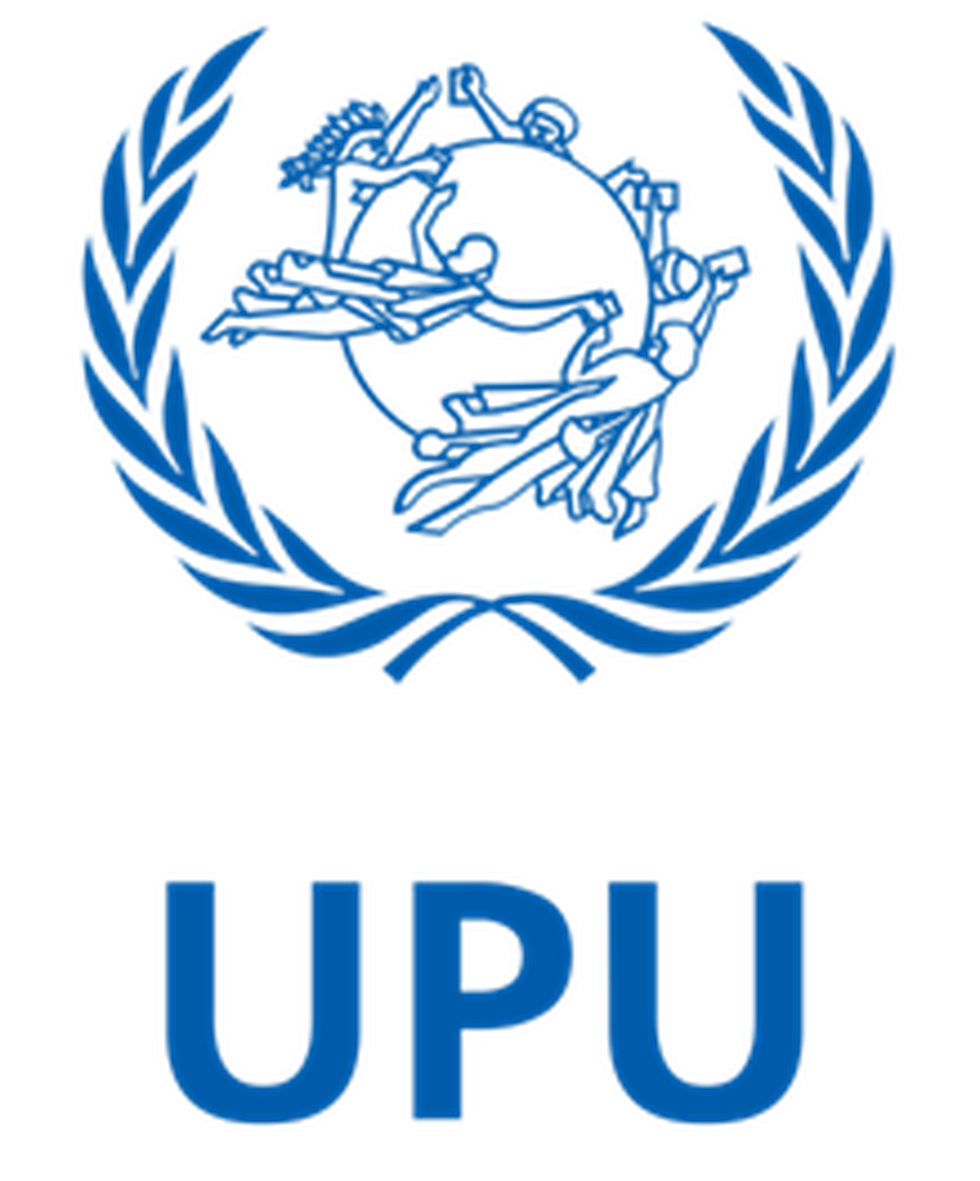
About Universal Postal Union (UPU):
- It is a United Nations specialized agency and the postal sector's primary forum for international cooperation.
- It was established by the Treaty of Bern of 1874.
- UPU is the second oldest international organization worldwide.
- Mandate: To ensure universal access to postal services.
- Headquarters: Bern, Switzerland
- Functions:
- It coordinates postal policies among member nations in addition to the worldwide postal system.
- It sets the rules for international mail exchanges and makes recommendations to stimulate growth in mail, parcel and financial services volumes and improve the quality of service for customers.
- It helps to ensure a truly universal network of up-to-date products and services.
- It fulfils an advisory, mediating and liaison role and provides technical assistance where needed.
- Member countries:
- Any member country of the United Nations may become a member of the UPU.
- Any non-member country of the United Nations may become a UPU member, provided that its request is approved by at least two-thirds of the member countries of the UPU.
- The UPU now has 192 member countries.
- Structure: UPU consists of four bodies,
- The Congress: It is the supreme authority of the UPU and meets every four years.
- The Council of Administration: It ensures the continuity of the UPU's work between Congresses, supervises its activities and studies regulatory, administrative, legislative and legal issues.
- The Postal Operations Council: It is the technical and operational mind of the UPU and consists of 48 member countries elected during Congress.
- The International Bureau: Fulfilling a secretariat function, the International Bureau provides logistical and technical support to the UPU's bodies.

About Bharat Bill Payment System (BBPS):
- BBPS is an integrated bill payment system or a platform which acts as a connect between various billers and users.
- It is a one-stop ecosystem for payment of all bills providing an interoperable and accessible “Anytime Anywhere” Bill payment service to all customers across India with certainty, reliability and safety of transactions.
- It offers customers the convenience of payment by cataloguing various utility providers under one platform.
- It acts as a central reference for a customer who wants to make different payments — whether utility bills, loan repayments, FasTag recharge, and so on.
- Different Payment Channels:
- Bharat BillPay transactions can be initiated through multiple payment channels like Internet, Internet Banking, Mobile, Mobile-Banking, Mobile Wallets Bank Branch, Agents and Business Correspondents etc.
- It provides instant confirmation of payment via an SMS or receipt.
- Who are the stakeholders?
- BBPS was conceptualised by the Reserve Bank of India in 2013 and is a product of the National Payments Council of India (NPCI).
- It was piloted in 2016 and went live a year later.
- By 2019, BBPS onboarded all recurring payments.
- Components: There are two key components in the BBPS system,
- Bharat Bill Payment Central Unit (BBPCU): The BBPCU is NPCI, which lays downs the operating procedures and standards for BBPS.
- Bharat Bill Payment Operating Units (BBPOUs): BBPOUs adhere to the rules set by BBPCU. They are the banking and non-banking entities that handle the payments load.
- Then, there are billers (utility providers) and agents, either as institutions or individuals, who provide services primarily on the collection side, to BBPOUs.
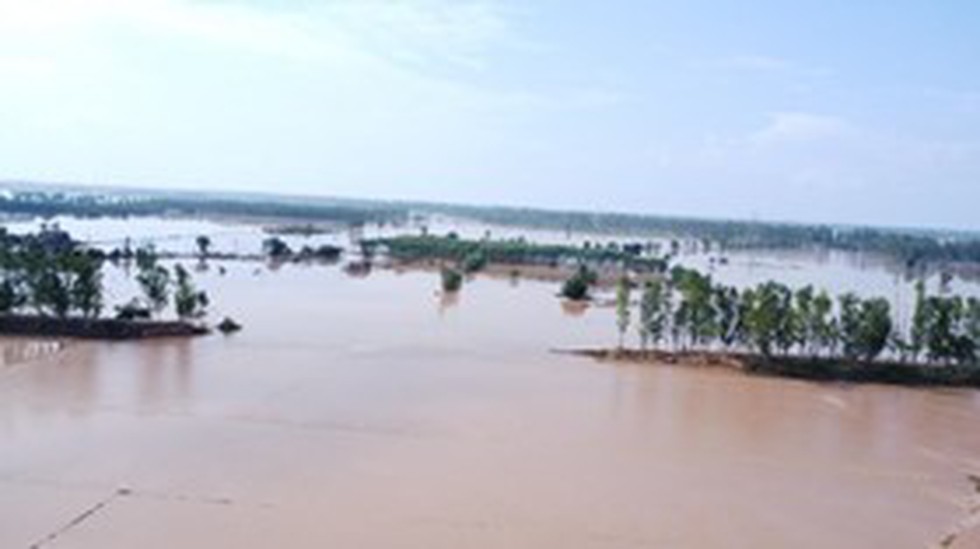
Why in news?
- Ghaggar, Tangri, Markanda and others are considered dead rivers in the state and heavily encroached upon but in this monsoon season they reclaimed their floodplains and caused heavy losses.
About Ghaggar River:
- The Ghaggar and many of its tributaries originate in the Shivalik foothills of Haryana, Punjab and Chandigarh.
- Among these tributaries, the Kaushalya, Tangri, Markanda, Beghna and Sukhna rivers are the ones that merge into the Ghaggar.
- The Ghaggar-Hakra River is an intermittent river in India and Pakistan that flows only during the monsoon season.
- The river is known as Ghaggar in India, before the Ottu barrage, and as the Hakra in Pakistan, downstream of the barrage.
- It eventually dries up in the Great Indian (Thar) Desert.
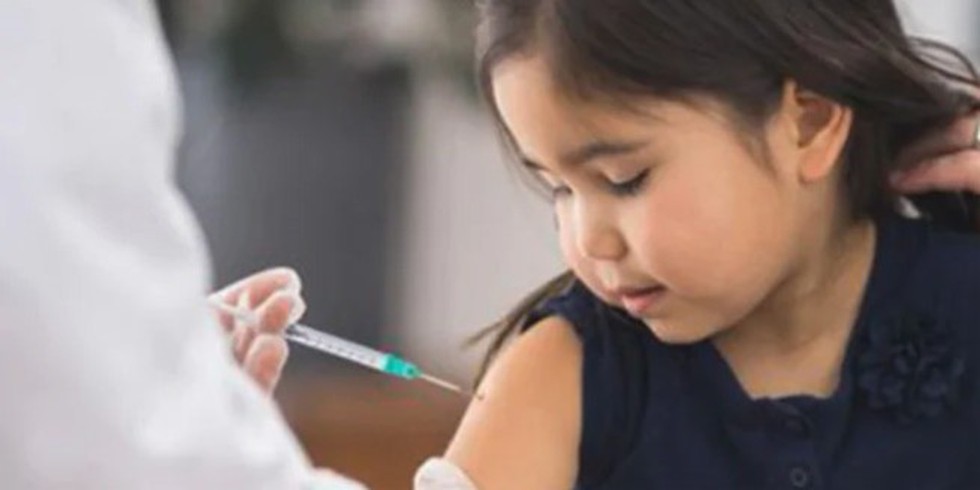
About DPT3 Vaccine:
- The DPT vaccine is a class of combination vaccines against three infectious diseases in humans: diphtheria, pertussis (whooping cough), and tetanus.
- The vaccine components include diphtheria and tetanus toxoids and either killed whole cells of the bacterium that causes pertussis or pertussis antigens.
- The primary dose of DPT provided as part of pentavalent vaccine and 2 booster doses are given at 16 -24 months and 5-6 years, respectively.
- Diphtheria:
- It is an infectious disease caused by Corynebacterium diphtheria, a bacterium.
- Vulnerable groups: Diphtheria particularly affects children aged 1 to 5 years. In temperate climates diphtheria tends to occur during the colder months.
- Tetanus
- It is an infection caused by bacteria called Clostridium tetani.
- When these bacteria enter the body, they produce a toxin that causes painful muscle contractions.
- Tetanus bacteria are more likely to infect certain breaks in the skin
- It does not spread from person to person.
- Pertussis
- It is also known as whooping cough.
- It is a very contagious respiratory illness caused by a type of bacteria called Bordetella pertussis.
- Whooping cough bacteria attach to the cilia (tiny, hair-like extensions) that line part of the upper respiratory system.
- The bacteria release toxins (poisons), which damage the cilia and cause airways to swell.
- It can spread easily from person to person through the air.
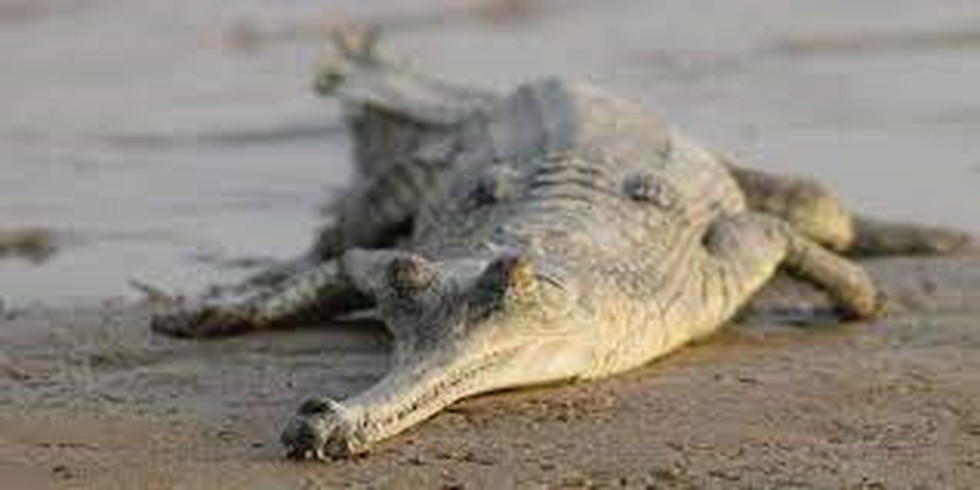
About Gharial:
- It is a fresh-water crocodile which lives in deep fast-flowing rivers.
- Features: Compared to alligators and crocodiles, a Gharial has a very long and narrow snout (instead of a broad snout).
- Distribution:
- Globally Gharial is found only in India and Nepal.
- In India their major population occur in three tributaries of the Ganga River: the Chambal and the Girwa Rivers in India and the Rapti-Naryani River in Nepal.
- The Gharial reserves of India are located in three States – Uttar Pradesh, Madhya Pradesh and Rajasthan.
- Conversation status
- IUCN:Critically endangered.
- Wildlife (Protection) Act, 1972: Schedule I
- CITES: Appendix I
- Conservation Initiatives:
- Breeding Centres of Kukrail Gharial Rehabilitation Centre in Lucknow, Uttar Pradesh.
- National Chambal Sanctuary (Madhya Pradesh).
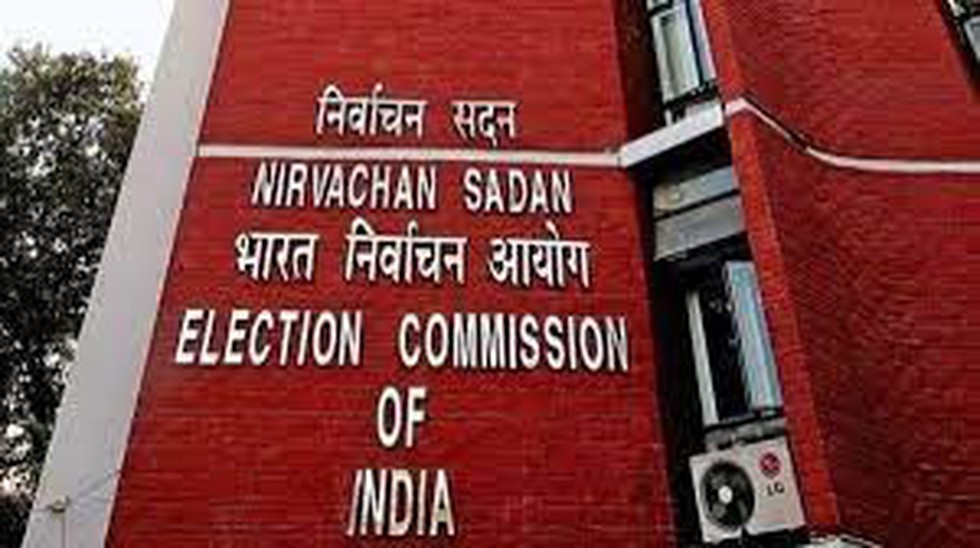
About Digital Time Vouchers:
- The Election Commission of India has amended the existing scheme for the use of Government-owned electronic media by political parties.
- This has been done by introducing a provision to issue digital time vouchers through an Information Technology (IT) platform.
- Each party shall be given time Vouchers of different denominations of, 5 minutes and 10 minutes, equal to the total time allotted to it for telecasts on Doordarshan and broadcasts on AIR.
- That party shall have the discretion to choose any representatives and allow them to use those time vouchers provided that no such individual representative shall be allowed to use more than 20 minutes of the total time allotted to that party, either on Doordarshan or on AIR.
- Background
- The scheme was initially notified on 16th January 1998, holds a statutory basis under Section 39A of the Representation of People Act, 1951.
- It aimed at ensuring equitable access to government-owned electronic media during elections for campaigning.
- Under this Scheme, an equitable base time is allotted to each National Party and Recognized State Party of the state concerned uniformly on DD & AIR.
- The additional time to be allotted to the parties is decided on the basis of the poll performance of the parties in the last assembly elections from the respective States/UT or in the last general Elections to Lok Sabha, as the case may be.
- The actual date and time during which the above telecasts/broadcasts will be made by the authorised representatives of any party is predetermined, by a lot, by the Prasar Bharati Corporation in consultation with ECI and in the presence of political party representatives.
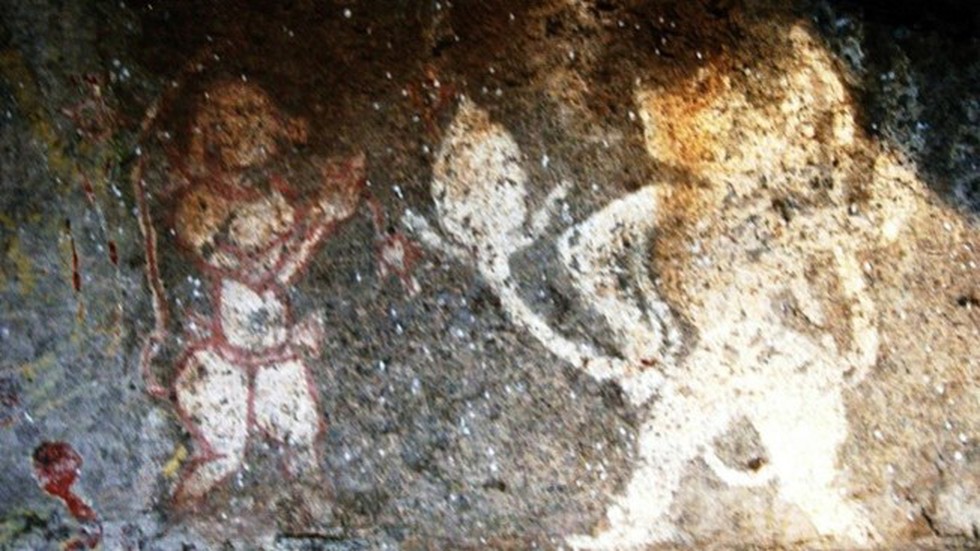
About Rudragiri hillock:
- It is located in Guntur district of Andhra Pradesh.
- It is nestled amidst the Eastern Ghats, features five naturally formed rock shelters at its foothills, facing westward.
- These shelters served as living quarters for people during the Mesolithic age around 5000 B.C and they bear witness to the luminous rock paintings of that era.
- Two natural caves at the southern end of the hillock also exhibit exceptional murals from the renowned Kakatiya kingdom.
- Key findings:
- The first cave presents a narrative mural portraying the intense battle between the Vanara brothers, Vali and Sugriva. Both figures stand on the battlefield wielding maces, their faces displaying fierce determination. Rama, positioned behind Sugriva, shoots arrows at Vali.
- A Ramayana fresco depicting Hanuman lifting the Sanjeevani hill with his right-hand painted A conch and fire altars can be seen to his right and another prehistoric painting to the left.
- In the middle cave, a grand sketch of Hanuman, accompanied by sacred symbols of the conch (Sankha) and the fire altar (Yagna Vedi), captures visitors’ attention. Hanuman is depicted carrying the Sanjivani hill in his right hand, symbolising his mission to save Lakshmana’s life.
- The third cave houses the prehistoric rock paintings from the Mesolithic era.
- Interestingly, the Kakatiya artist chose the same rock shelter to superimpose the elegant figure of Hanuman, who is portrayed in a unique ‘Anjali’ posture, folding his hands in a divine offering.
- The illustrious Ganapati Deva Maharaja (1199-1262 AD), the founder of Muppavaram temple and a prominent figure of the Kakatiya dynasty, likely patronised the rich ancient mural heritage found at Rudragiri.
What is the Mesolithic period?
- It is also called Middle Stone Age which existed between the Palaeolithic (Old Stone Age) and the Neolithic (New Stone Age).
- Timeframe: This period is generally considered to have occurred between approximately 12,000-10,000 years ago
- Lifestyle: During the Mesolithic period, human societies were predominantly hunter-gatherer communities.


.png)


























































































































































.png)
.png)
.png)
.png)
.png)


.png)
.png)
.png)





.png)
.png)






.png)
.png)
.png)
.png)
.png)
.png)
.png)
.png)
.png)

.png)







.png)
.png)


.png)
.png)
.png)


.png)

.png)
.png)





.jpg)

.png)
.png)


.png)

.png)
.png)
.png)

.jpg)

.jpg)


.png)

.png)
.png)
.png)
.png)
.png)
.png)
.png)
.png)
.png)
.png)




.png)




.png)
.png)
.png)
.png)
.png)
.png)
.png)
.png)
.png)
.png)
.jpg)
.jpg)

.png)
.png)
.png)
.png)
.png)
.png)
.png)
.png)
.png)
.png)
.png)
.png)
.png)
.png)
.png)
.png)
.png)
.png)
.png)
.png)
.png)
.png)



.png)
.png)

.jpg)
.jpg)


.jpg)
.jpg)
.jpg)
.jpg)
.jpg)

.jpg)








.jpg)
.jpg)
.jpg)
.jpg)
.jpg)

















.jpg)
.jpg)







.jpg)


















.jpg)
.jpg)






























































































.jpg)
.jpg)


























.jpg)

.jpg)










.jpg)








.jpg)




.jpg)










.jpg)


















.jpg)












































.jpg)














.jpg)
.jpg)
.jpg)





.jpg)

.jpg)
.jpg)





































































.jpg)


































.jpg)
.jpg)
















































.jpg)












.jpg)


.jpg)




.jpg)
.jpg)
.jpg)

.jpg)
.jpg)
.jpg)
.jpg)

.jpg)
.jpg)
.jpg)

.jpg)
.jpg)
.jpg)
.jpg)
.jpg)
.jpg)
.jpg)
.jpg)

.jpg)


.jpg)
.jpg)
.jpg)
.jpg)
.jpg)
.jpg)
.jpg)
.jpg)
.jpg)
.jpg)











.jpg)
.jpg)





.jpg)
.jpg)
.jpg)
























.jpg)
























.jpg)









.jpg)
.jpg)







.jpg)
.jpg)









































.jpg)
.jpg)
.jpg)
.jpg)
.jpg)

.jpg)
.jpg)
.jpg)
.jpg)
.jpg)


.jpg)
.jpg)
.jpg)
.jpg)
.jpg)

.jpg)
.jpg)
.jpg)
.jpg)
.jpg)
.jpg)
.jpg)
.jpg)
.jpg)
.jpg)
.png)

.png)
.png)

.png)
.png)
.png)
.png)


.jpg)
.jpg)

.jpg)
.jpg)
.jpg)

.png)
.png)
.png)
.png)
.png)
.png)
.png)

.png)
.png)
.png)
.png)
.png)
.png)
.png)
.png)
.png)
.png)





































































-min.png)



.png)




.png)








































